
Photo: Collected
Cities in a number of the country's regions have experienced water bodies as a consequence of lightning strikes, cyclones, heavy rainstorms, and strong winds.
Water bodies have been seen in cities across several regions of the nation as a result of lightning strikes, cyclones, intense rainstorms, and high winds. According to the representatives' knowledge, the Garni storm and high winds have caused damage to trees and the destruction of several dwellings in certain regions of Rangunia Upazila, Isakhali in Chattogram Division.
Two days in a row saw much-needed rains throughout almost the whole country of Bangladesh, providing a break from the deadly heatwave that has been ravaging the nation since April 1.
The Bangladesh Meteorological Department's (BMD) meteorologist, Bazlur Rashid, told the reporter, today "Khulna and Rajshahi divisions bore the brunt of the heatwave as maximum temperatures above 40 degrees Celsius were recorded in most weather stations at the beginning of last month."
The meteorologist predicted that rainfall is expected to occur in Rashahi and Khulna divisions. "Finally, Khulna division recorded heavy rainfall since yesterday afternoon while another hardest-hit Rajshahi region received little rainfall," the meteorologist said.
Since the scorching weather that has ravaged the nation since the start of summer this year, temperatures in Jashore and Chuadanga have reached around 44 degrees Celsius virtually every day. On April 30, the southwest district of Jashore recorded the highest temperature of the year, 43.8 degrees Celsius, while another southwest district of Chuadanga had the second-highest temperature of 43.7 degrees Celsius.
Bazalur remarked that there was a substantial quantity of rainfall in Dhaka city and the surrounding areas. According to him, Feni recorded 130 mm of the nation's heaviest rainfall, while Chattogram recorded 118 mm.
He said that since yesterday afternoon and last night, Chattagram and the surrounding areas have seen heavy rains along with thunderstorms, known locally as Kalboishakhi. According to the BMD meteorologist, moderate to heavy rainfall was seen in several areas of northeastern, central, and south-eastern Bangladesh, while thunderstorms caused cold temperatures throughout the nation.
In support of Bazlur Rashid's remarks, a BMD meteorologist stated that although the nation has been experiencing a severe heatwave since April 1st, breaking all previous records for extended heatwave days, a large portion of the nation experienced heavy rainfall combined with thunderstorms for two days in a row, providing relief from the oppressive heat.
The country's average temperature has dropped by three to four degrees Celsius as a result of the much-needed reprieve provided by the rains over the past two days. Monwar went on to say that very cold weather is dominating nearly everywhere in the nation as the temperature has dropped dramatically at certain weather stations, reaching as low as six degrees Celsius.
The BMD meteorologist continued, "May will bring residents relief from oppressive heatwaves, unlike April, as rainfall and thunderstorms will help to keep the temperature within a bearable range." He said, "Dhaka city and its surrounding districts recorded a significant amount of rainfall according to the weather bulletin issued by BMD on May 6." "The Met Office recorded in Dhaka 36mm rainfall, 37.8mm at Faridpur, 36.8mm at Madaripur, 37mm at Gopalganj, and 32mm at Nikli."
The country's highest rainfall was recorded in Srimangal with 124mm, while 37mm were recorded in Chattogram, 60mm at Rangamati, 28mm at Feni, 17mm at Cox's Bazar, and 22mm at Bandarban, the bulletin added.
Monwar said after mid-May, a mild to moderate heatwave will sweep some regions, including Khulna and Rajshahi, and "we are expecting Bangladesh will not face a deadly heatwave like the month of April."
After 34 days of record heatwave spells, northeastern, central, and south-eastern parts of Bangladesh witnessed much-awaited rainfall, with thunderstorms last night bringing respite from the intense heatwave, Omar Faruq, meteorologist of the Bangladesh Meteorological Department (BMD), said.
In an attempt to say goodbye to the oppressive heatwave that pounded the nation, forcing school closures, keeping people home, and leading to several heat-related illnesses, he stated that showers and thunderstorms will persist.
This week, significant to extremely heavy rainfall is predicted for the northeastern, central regions, including the Sylhet division, as well as certain areas of Mymensingh and the Dhaka division. He continued, saying that showers and thunderstorms will be experienced in the north- and south-western areas.
Mallik advised against going outside during the hailstorm since, in large part due to climate change, lightning frequency and storm severity are both on the rise and are causing an increasing number of fatalities.
On May 6, the Met Office reported a temperature of 37.6 degrees Celsius in Jeshore, whereas Dhaka registered a temperature of 29.8 degrees that same day. The country saw the longest heatwave in 34 days since April 1, according to a BMD official, and the Met Office issued a warning that the situation will persist for the remainder of the upcoming month. BMD officials said, "But unlike the previous year, Bangladesh is likely to witness heavy to very heavy rainfall with thunderstorms starting today, and it will continue throughout the month."
END/V7N/SMA/DK/






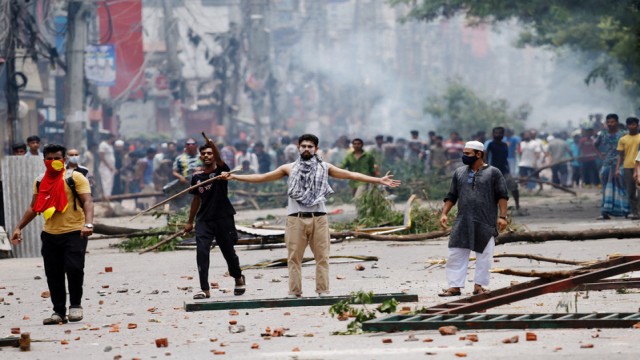
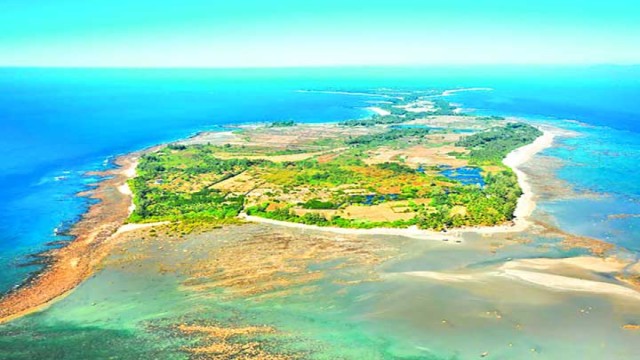

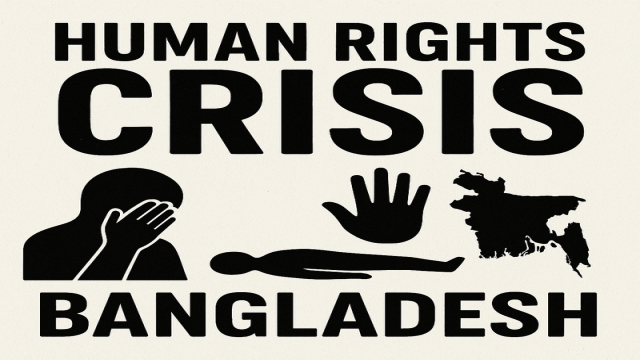
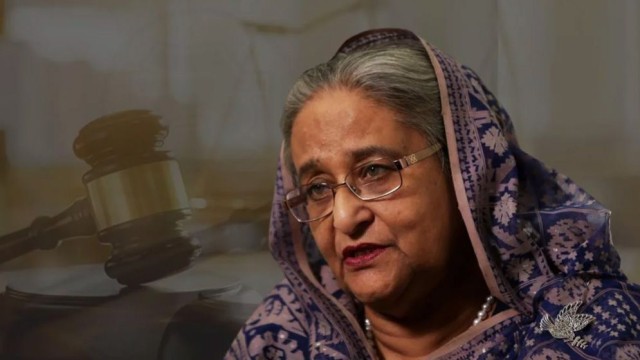




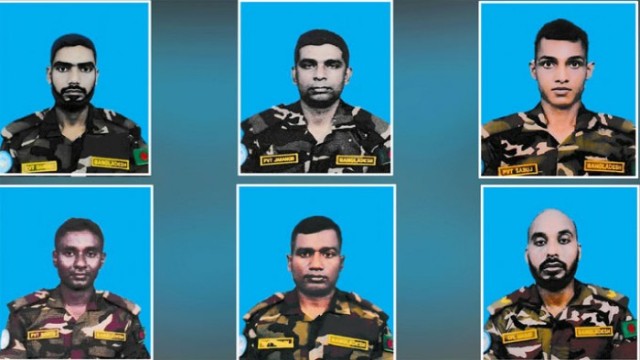
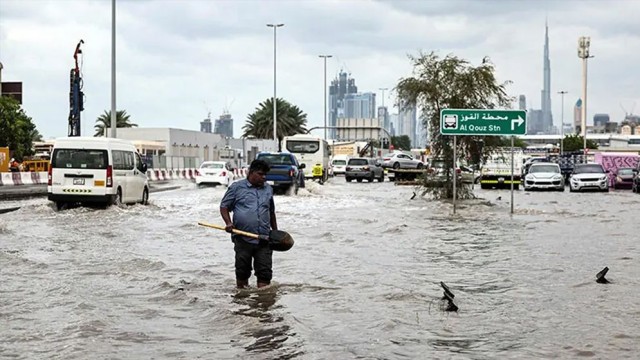




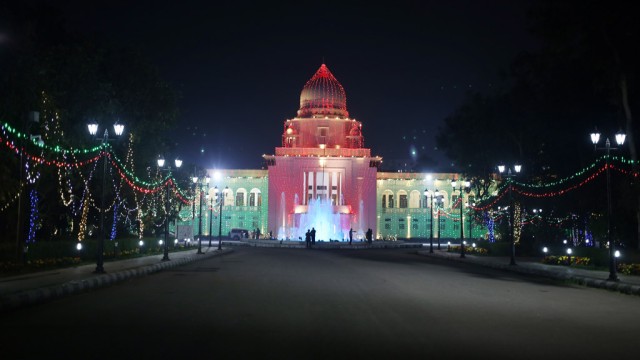



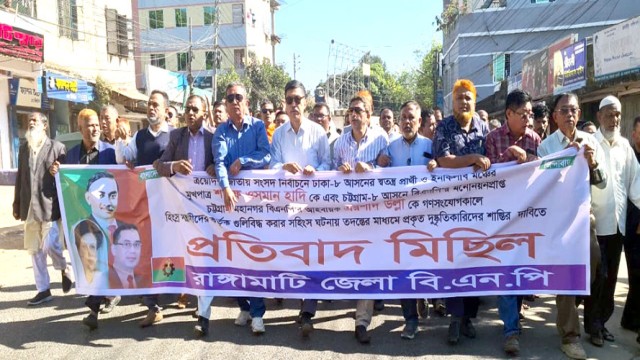




Comment: